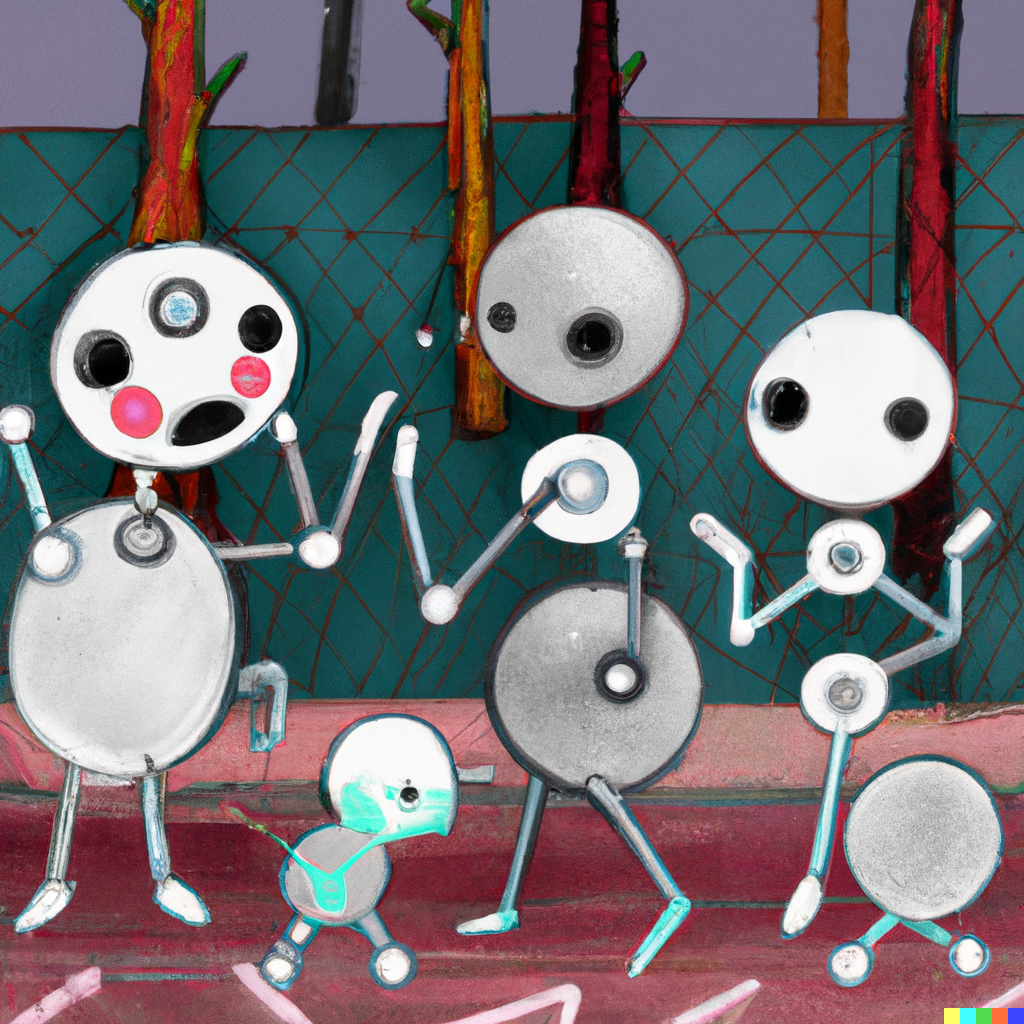
In the realm of robotics, the ability to mimic human locomotion has long been a fascinating and challenging pursuit. Legged robots, also known as walking robots, have come a long way since their inception. From early mechanical contraptions to advanced humanoid robots, the history and progress of legged robots have been marked by remarkable achievements and continuous advancements. In this blog post, we will delve into the fascinating journey of legged robots, exploring their evolution, milestones, and potential applications.
Early Beginnings:
The concept of legged robots can be traced back to the early 20th century when inventors and engineers began experimenting with mechanical contraptions that imitated human or animal movements. One of the earliest examples was the “Unimate,” developed by George Devol and Joseph Engelberger in the 1950s. Although not a walking robot per se, it laid the foundation for future advancements in robotics.
Evolution and Milestones:
1. Shakey the Robot: In the late 1960s, the Stanford Research Institute developed Shakey, a pioneering robot equipped with a camera, sensors, and a computer. Shakey was capable of basic navigation and obstacle avoidance, making it one of the first robots to demonstrate autonomous movement.
2. ASIMO: Honda’s Advanced Step in Innovative Mobility (ASIMO) robot, introduced in 2000, marked a significant milestone in legged robotics. ASIMO showcased impressive bipedal locomotion, advanced mobility, and human-like dexterity. It could walk, run, climb stairs, and even interact with humans.
3. Boston Dynamics: The robotics company Boston Dynamics has been at the forefront of legged robot development. Their series of robots, including BigDog, Atlas, and Spot, have demonstrated exceptional balance, agility, and adaptability. These robots can traverse rough terrains, perform complex tasks, and even recover from falls, showcasing remarkable progress in legged locomotion.
Applications and Future Prospects:
The advancements in legged robots have opened up a wide range of potential applications across various industries. Some notable applications include:
1. Search and Rescue: Legged robots can navigate challenging terrains, making them ideal for search and rescue operations in disaster-stricken areas. Their ability to traverse rubble, climb stairs, and access confined spaces can greatly aid in locating and rescuing survivors.
2. Industrial Automation: Legged robots have the potential to revolutionize industrial automation by performing tasks that require human-like dexterity and mobility. They can assist in complex assembly processes, hazardous material handling, and maintenance tasks in challenging environments.
3. Healthcare and Rehabilitation: Walking robots can be utilized in the field of healthcare and rehabilitation. They can assist individuals with mobility impairments, providing support and enhancing their independence. Additionally, legged robots can aid in physical therapy exercises and gait analysis.
4. Exploration and Space Missions: The ability of legged robots to navigate challenging terrains makes them valuable assets for space exploration missions. They can be deployed to explore distant planets, traverse rough landscapes, and collect valuable data.
Robots… Walking into the Future!
Looking ahead, the future of legged robots holds immense potential. Advancements in artificial intelligence, machine learning, and materials science will further enhance their capabilities. We can expect to witness more sophisticated and versatile legged robots that can seamlessly integrate into our daily lives, assisting us in various tasks and augmenting human capabilities.
The history and progress of legged robots and walking robots have been marked by significant milestones and continuous advancements. From early mechanical contraptions to advanced humanoid robots, legged robots have evolved to showcase impressive mobility, balance, and adaptability. With potential applications ranging from search and rescue operations to industrial automation and space exploration, legged robots are poised to revolutionize various industries. As technology continues to advance, we can look forward to a future where legged robots seamlessly coexist with humans, enhancing our capabilities and improving our lives.


